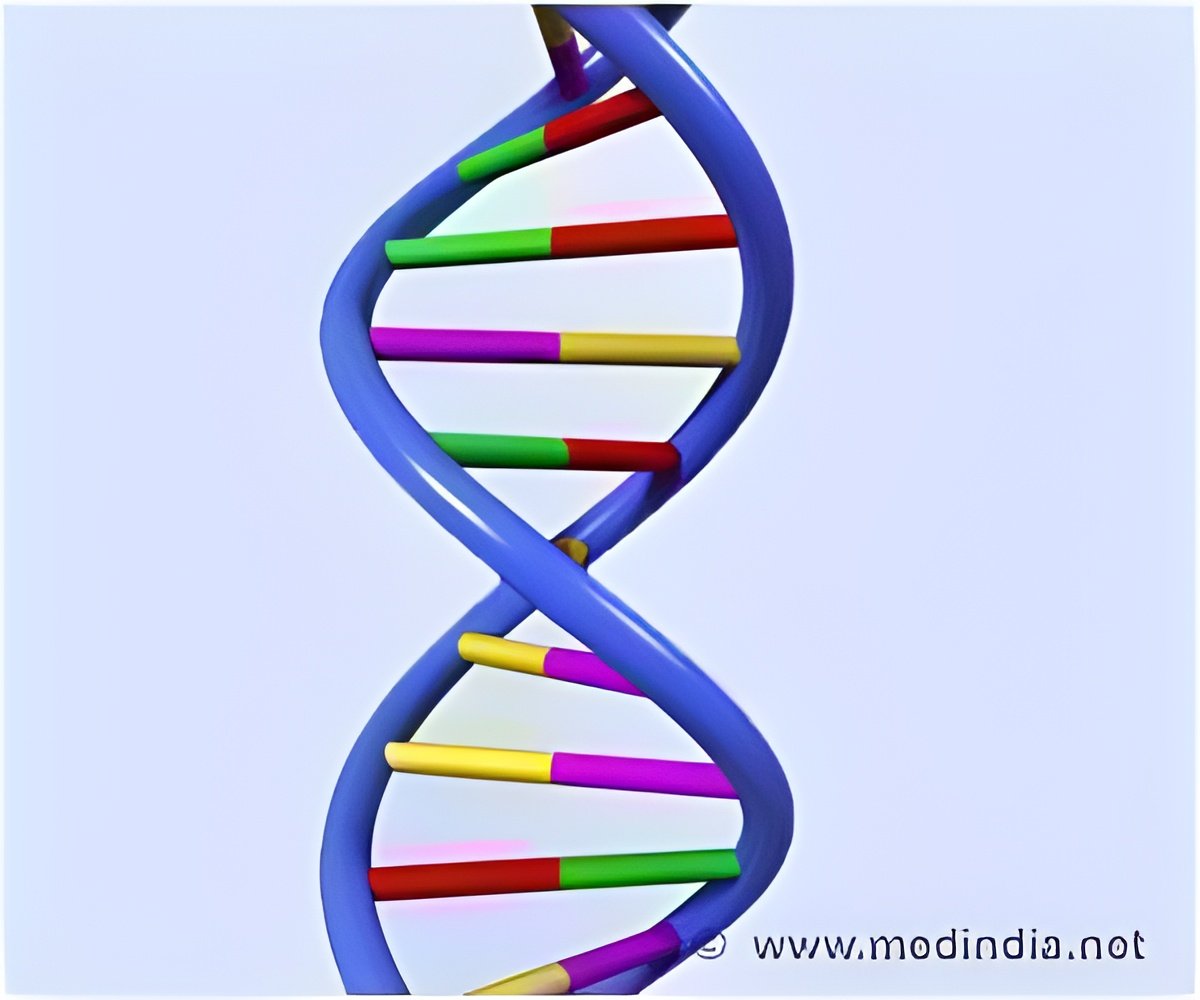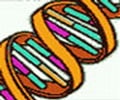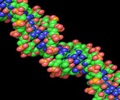
Now, scientists have demonstrated an automated system that uses artificial intelligence and cutting-edge image processing to rapidly examine large numbers of individual Caenorhabditis elegans, a species of nematode widely used in biological research. Beyond replacing existing manual examination steps using microfluidics and automated hardware, the system's ability to detect subtle differences from worm-to-worm – without human intervention – can identify genetic mutations that might not have been detected otherwise.
By allowing thousands of worms to be examined autonomously in a fraction of the time required for conventional manual screening, the technique could change the way that high throughput genetic screening is carried out using C. elegans.
Source-Eurekalert



![Genetically Modified Food / Genetically Modified Organism [GMO] Genetically Modified Food / Genetically Modified Organism [GMO]](https://www.medindia.net/images/common/patientinfo/120_100/Genetically-Modified-Food.jpg)




